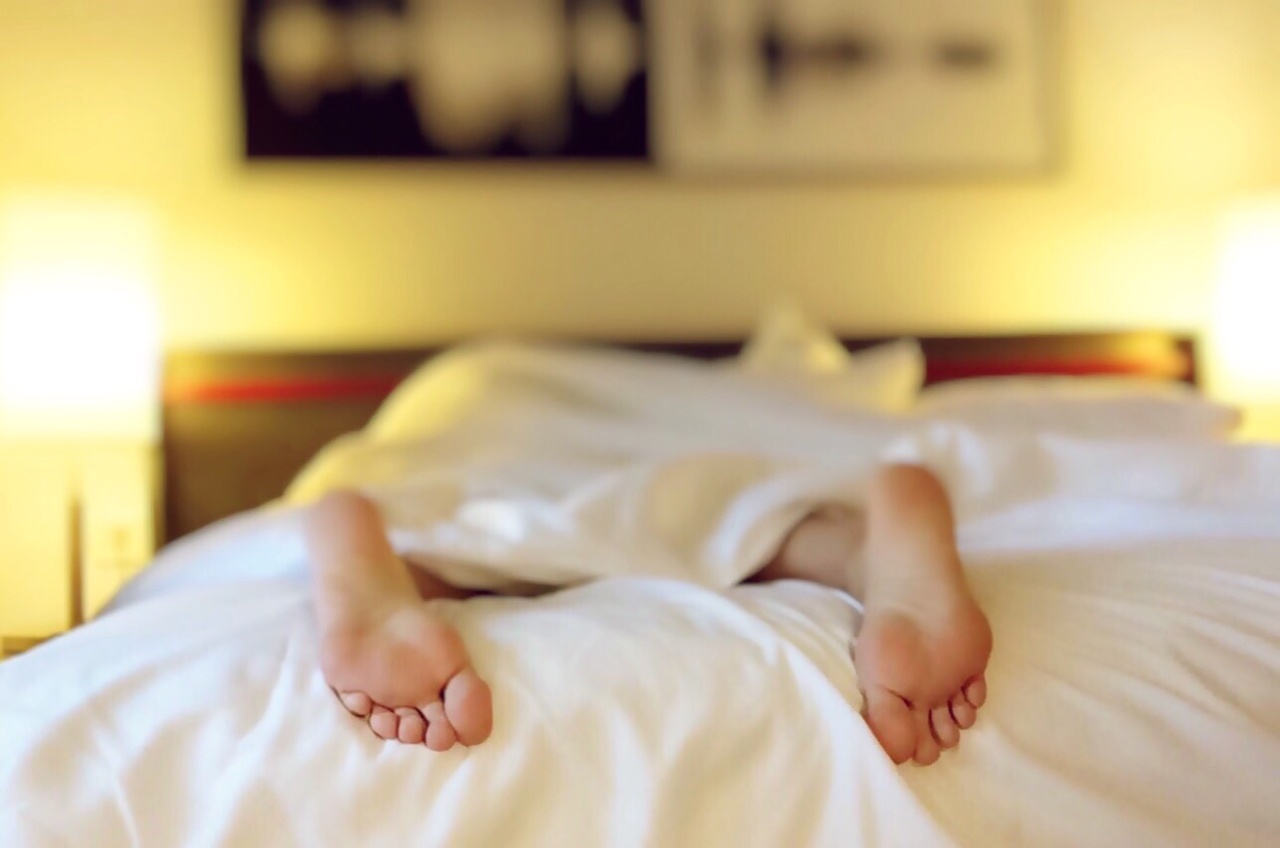Allergies are a common concern for many people. They can be caused by anything from dust mites to pet dander to pollen. These irritants can cause sneezing, coughing, runny noses, and other uncomfortable symptoms.
One solution that many people have turned to is special mattress covers. These covers are designed to protect the bed from allergens and help reduce symptoms. However, there is some debate as to whether these covers are truly effective.
In this article, we will explore whether special mattress covers can fully shield against allergies and what alternatives people with allergies may have.
What Are Mattress Covers?
Mattress covers are designed to keep the mattress clean and protect it from spills and stains. They come in a variety of materials, including cotton, wool, and synthetic fabrics. Some are also designed to protect against allergens, such as dust mites.
These covers can be used by anyone, but they are especially helpful for people with allergies or asthma. Dust mites are a common trigger for allergies, and they can thrive in mattresses and bedding. A mattress cover can block dust mites from living in the mattress and cut down on their numbers in the room.
What Are Allergies?
Allergies are an overreaction of the immune system to a particular substance. The immune system mistakes the substance for a harmful invader and releases chemicals, such as histamine, to fight it off.
This causes symptoms such as sneezing, itching, and swelling. Allergies can be triggered by various substances, including pollen, dust mites, pet dander, and mold spores. They can affect the respiratory system, skin, and digestive system, and can be mild to severe.
Do Mattress Covers Work?
Mattress covers can be effective in reducing the amount of allergens in a room, especially dust mites. However, there is no guarantee that they will completely shield against allergens.
Mattress covers can be helpful in reducing symptoms, but they may not provide complete relief. In addition, some materials may be more effective than others. For example, wool has natural antimicrobial properties that can help reduce allergens, while synthetic fabrics may not be as effective.
What Are the Alternatives?
If mattress covers are not effective enough, there are other options for reducing allergens in the bedroom. For example, people with allergies can use hypoallergenic bedding, which is made from materials that are less likely to cause allergic reactions.
They can also vacuum the mattress and bedding regularly to remove dust mites and other allergens. In addition, air purifiers can help filter out allergens from the air, improving indoor air quality. These options may be more effective for some people than mattress covers.
How to Choose a Mattress Cover
If you do decide to use a mattress cover, there are a few things to keep in mind. First, make sure that the cover is designed to protect against allergens.
Look for covers that are labeled as hypoallergenic or have been certified by an independent testing organization. Second, consider the material. As mentioned earlier, some materials may be more effective than others. Finally, make sure that the cover fits your bed properly. A cover that is too small or too big may not provide adequate protection.
Conclusion
Special mattress covers are a common solution for reducing allergens in the bedroom. They can be effective in reducing the amount of dust mites and other allergens in the room, but they may not completely shield against allergies.
People with allergies have other options, such as hypoallergenic bedding and air purifiers, that may be more effective. If you do decide to use a mattress cover, make sure to choose one that is designed to protect against allergens and fits your bed properly.































